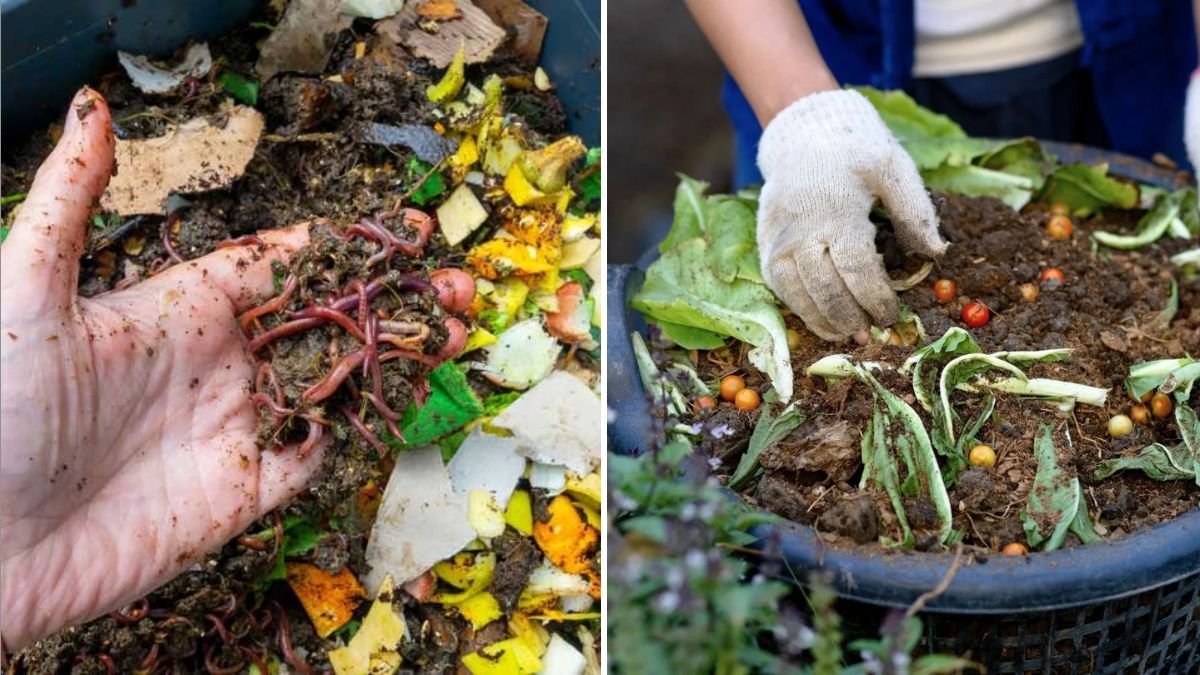Composting is one of the simplest and most effective ways to recycle organic waste, enrich garden soil, and reduce your environmental footprint. But if you’ve ever started a compost pile, you’ve probably wondered: Do I really need to rotate it? Gardeners often debate whether turning compost is essential or optional—and the truth lies somewhere in between.
In this article, we’ll break down what rotating compost piles does, why experts recommend it in certain cases, and how you can decide if it’s necessary for your setup. By the end, you’ll know exactly when and how to rotate compost for the best results.
What Does It Mean to Rotate a Compost Pile?
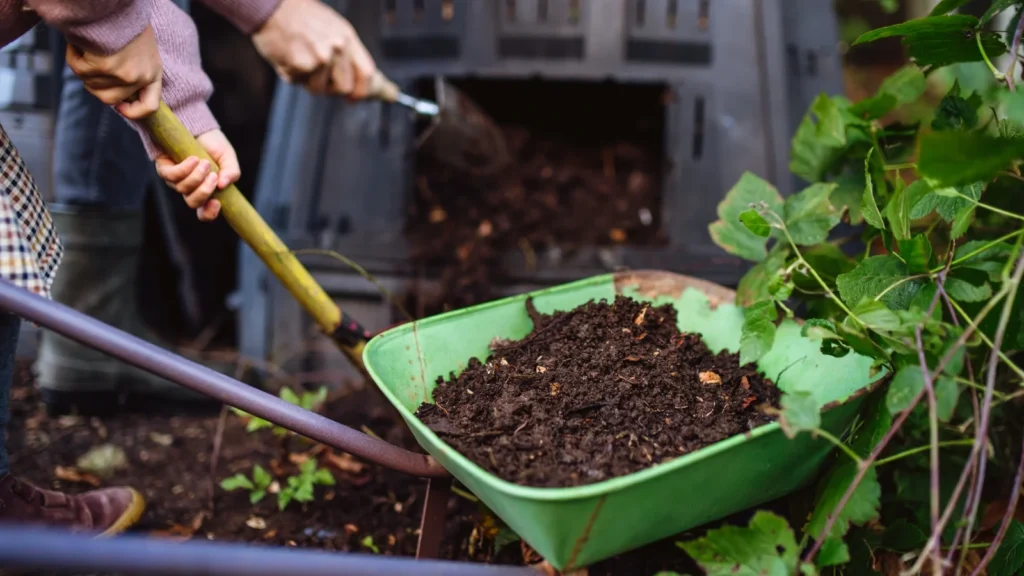
Rotating—or turning—a compost pile means physically mixing the material to help speed up decomposition. The process involves moving outer, cooler material into the hot center and bringing decomposed material toward the surface.
This can be done with:
- A pitchfork or shovel for traditional open piles.
- A compost tumbler, which makes turning as easy as spinning a barrel.
- Forking into a new bin, where the pile is shifted from one spot to another.
The goal is to introduce oxygen and redistribute moisture, heat, and microorganisms to keep the breakdown process active.
Why Experts Recommend Rotating Compost
According to soil scientists and seasoned gardeners, rotating compost piles provides several benefits:
- Speeds Up Decomposition
Composting is an aerobic (oxygen-dependent) process. Turning introduces air pockets, fueling the microbes that break down organic matter quickly. - Prevents Odors
Without oxygen, compost can turn anaerobic, producing unpleasant smells. Regular rotation keeps the pile fresh and earthy-smelling. - Creates Even Breakdown
Left alone, outer layers may remain raw while the center cooks. Rotating ensures everything gets equal exposure to heat and microbial activity. - Regulates Moisture
Mixing prevents soggy, compacted areas and distributes water evenly. If one section is too wet or dry, rotation corrects the imbalance. - Controls Pests
A well-managed, hot pile discourages rodents and flies. Turning helps maintain the internal heat needed to break down food scraps safely.
Do You Always Have to Rotate Compost?
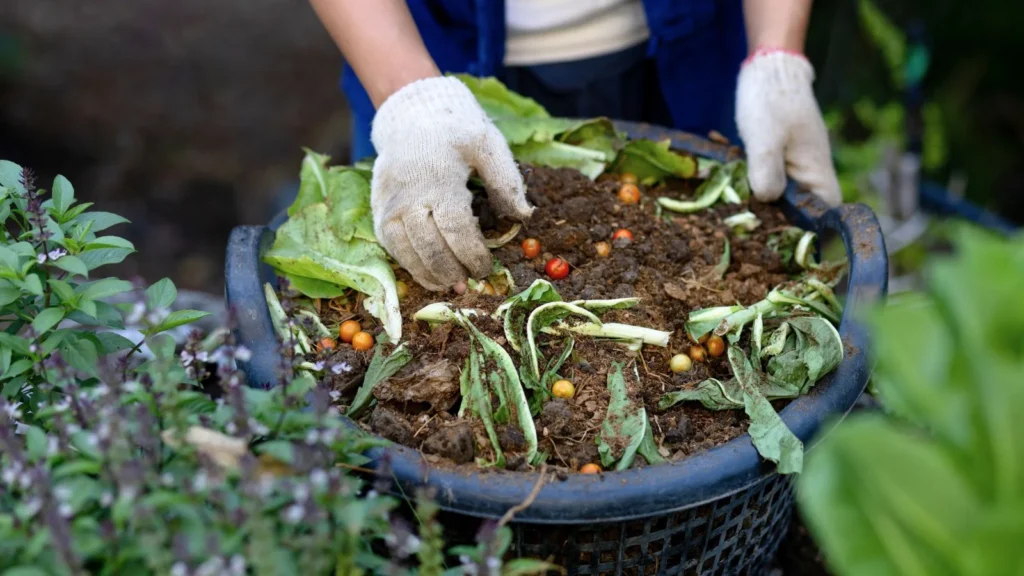
Here’s where expert opinions vary. While rotation accelerates composting, it isn’t always required. It depends on the type of composting you’re doing:
- Hot (active) composting: If you want finished compost in 2–3 months, turning every few days to weeks is recommended.
- Cold (passive) composting: If you’re patient and don’t mind waiting 6–12 months, you can skip rotation. The pile will break down slowly on its own.
- Compost tumblers: Designed for frequent rotation—usually every 2–3 days.
- Static piles with aeration: Some systems include perforated pipes or layers of bulky material that allow airflow without turning.
In short: rotating compost is a choice between speed and convenience.
How Often Should You Rotate Compost?
Experts recommend a general schedule depending on your goals:
- Every 2–3 days: For gardeners seeking fast, hot compost.
- Every 1–2 weeks: A good balance of effort and efficiency.
- Once a month: Works for slower, cold piles.
- Never: Acceptable if you’re composting in place or practicing sheet mulching.
The best schedule is the one that matches your garden’s needs and your willingness to do the work.
Signs Your Compost Needs Turning
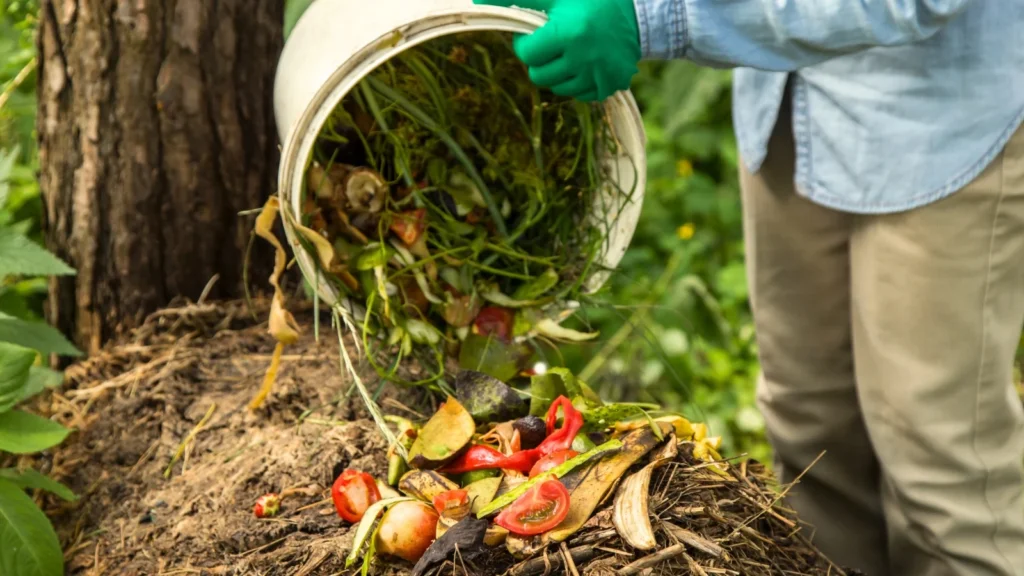
Even without a set schedule, your pile will tell you when it needs attention:
- Bad smell: Anaerobic conditions indicate a lack of oxygen—time to rotate.
- Too wet: Turning helps dry soggy material.
- Too dry: Rotation allows you to add water evenly.
- Cool pile: If it stops heating up, turning reactivates microbial activity.
- Uneven decomposition: When some material is still raw while other parts are crumbly, mixing will even it out.
Expert Tips for Rotating Compost Effectively
- Don’t Overdo It
While aeration is good, turning too often can disturb microbes and slow heating. Stick to a balanced schedule. - Use the Right Tools
A sturdy pitchfork is easier than a shovel for lifting lightweight organic matter. For larger piles, consider a compost aerator tool. - Check Moisture as You Turn
Compost should feel like a wrung-out sponge—damp but not dripping. Add water or dry material as needed. - Mix Browns and Greens
Ensure carbon-rich “browns” (leaves, straw, cardboard) and nitrogen-rich “greens” (food scraps, grass clippings) are well blended. - Rotate into a Second Bin
If you have space, move compost into a second container as you turn. This keeps things neat and helps you track progress.
Alternatives to Rotating Compost
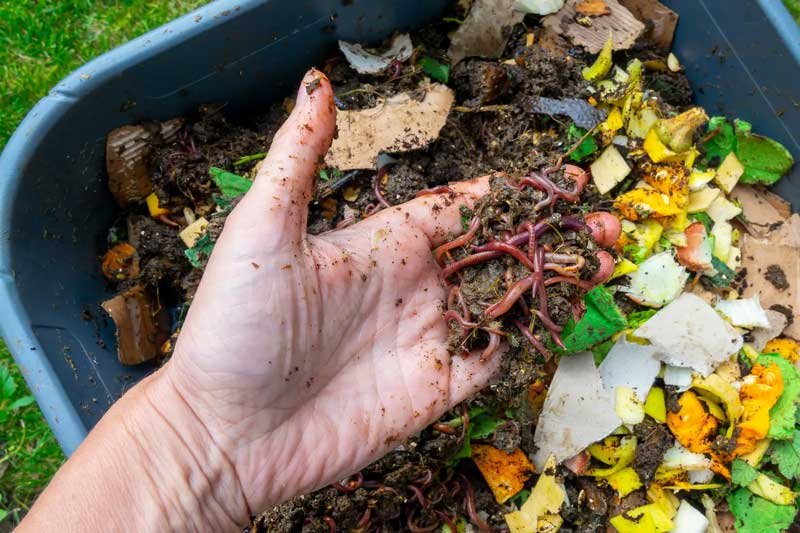
Not every gardener enjoys (or has time for) turning a pile. Fortunately, there are alternatives:
- Compost tumblers: Simple to rotate, low effort.
- Static aerated piles: Use pipes or coarse layers (wood chips) to improve airflow.
- Vermicomposting: Worm bins don’t require turning; worms do the mixing for you.
- Trench composting: Bury kitchen scraps directly in the soil and let them decompose in place.
Common Mistakes When Rotating Compost
- Adding too much fresh waste at once: Can overwhelm microbes. Balance with browns before mixing in.
- Turning too late: Waiting until odors build means microbes may have gone anaerobic.
- Forgetting moisture: Dry material won’t decompose, even when rotated. Always check hydration.
So, Should You Rotate Your Compost Pile?
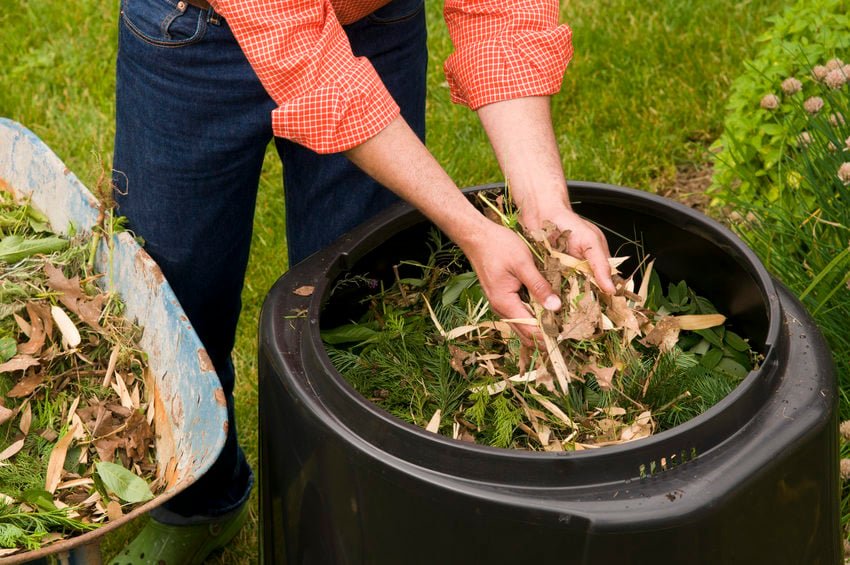
Experts agree: rotating isn’t strictly necessary, but it helps. If your goal is fast, odor-free, evenly decomposed compost, turning is worth the effort. But if you prefer a hands-off approach, you can let nature do the work—just expect a slower process.
Ultimately, the choice depends on your composting style, available time, and patience. A well-managed pile—whether turned regularly or left alone—will always reward you with rich, dark, crumbly compost to feed your garden.
Final Thoughts
Rotating a compost pile is like stirring a pot of soup—it ensures even cooking and speeds up the process. While you can skip it and still get compost eventually, experts recommend at least occasional turning for healthier, faster results.
Whether you’re an active composter eager for quick results or a patient gardener happy to let time take its course, understanding when and how to rotate compost puts you in control of the process. In the end, your soil, your plants, and your garden will thank you.
